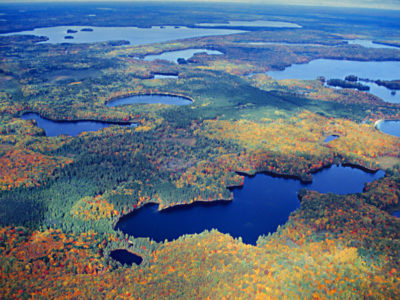
Divergent Consequences of Climate Change
Divergent Consequences of Climate Change
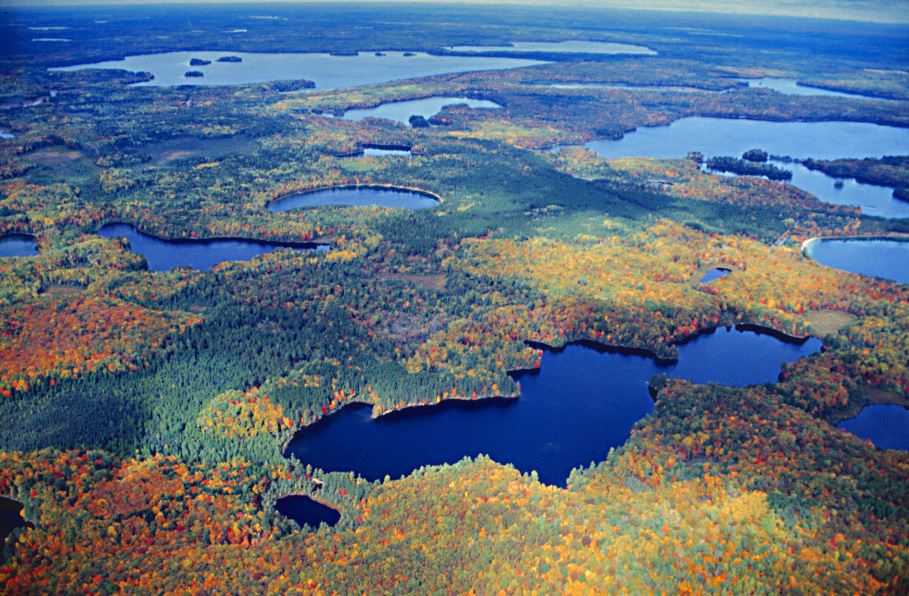
Credit: NTL LTER
Long term records show declining ice duration, lake warming, and increased variability in decadal lake level cycles. However, the magnitude of these physical changes, and their ecological consequences, differ substantially among lakes, including differences in warming rates, shifts in fish populations, and fluctuations in water clarity.
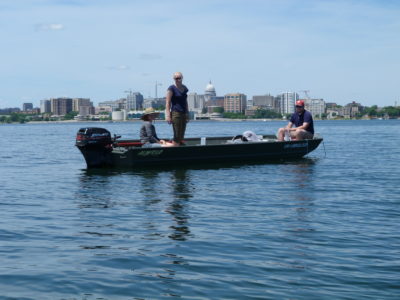
Lakes are Major Players in Regional Carbon Cycling
Lakes are Major Players in Regional Carbon Cycling
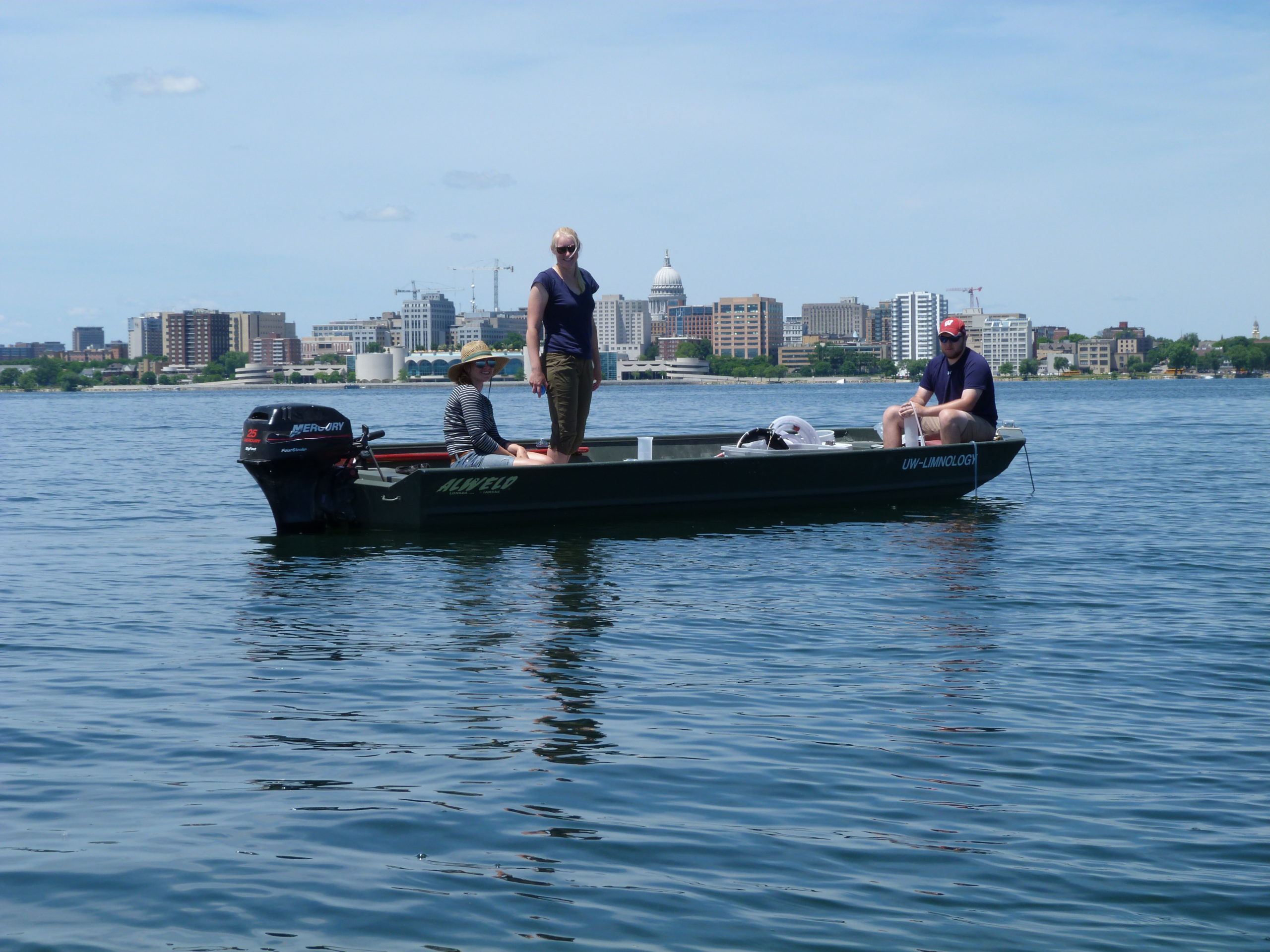
Credit: NTL LTER
Terrestrial organic carbon (C) entering lakes can be stored, sent to the atmosphere as CO2, or passed downstream. Long term measurements of hydrology and C were used to understand and model the fate of terrestrial C in lakes. In Wisconsin’s 6,400 km2 Northern Highland Lake District (NHLD), the fraction of organic C converted to CO2 varied substantially among lakes due to hydrology. Nonetheless, lakes accounted for about 40% of C storage, although they represent only 13% of the region’s area.
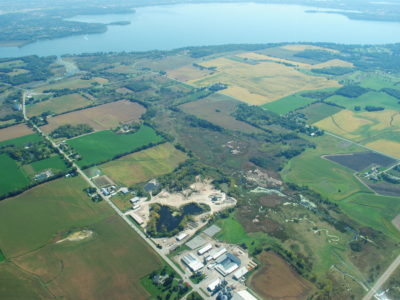
Anticipating Regime Shifts in Ecosystems
Anticipating Regime Shifts in Ecosystems
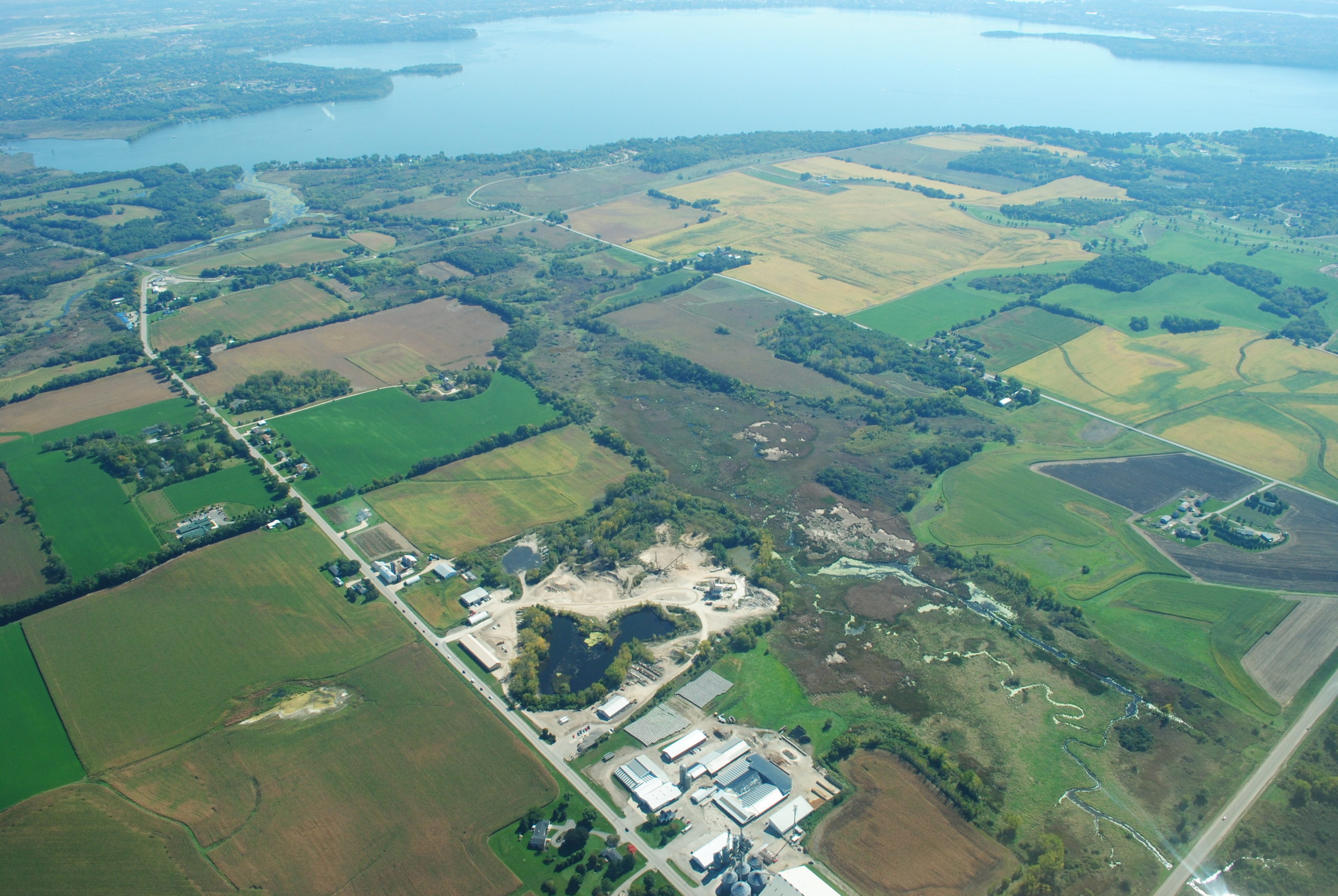
Credit: NTL LTER
Regime shifts are large, persistent, and often abrupt changes in ecosystem structure and function that may be difficult to reverse. Through long term whole ecosystem experiments and measurements, NTL LTER researchers have described regime shifts involving lake eutrophication and food web structure, and have used these case studies to develop conceptual and mechanistic models. These models are used to anticipate ecosystem shifts and evaluate the utility of management actions to prevent them.
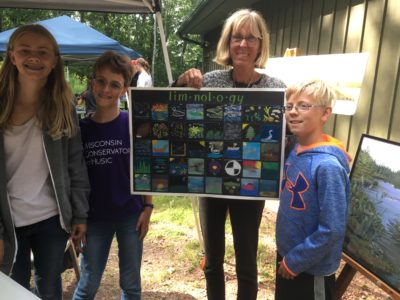
Invasive Species Alter Food Webs and Ecosystem Services
Invasive Species Alter Food Webs and Ecosystem Services
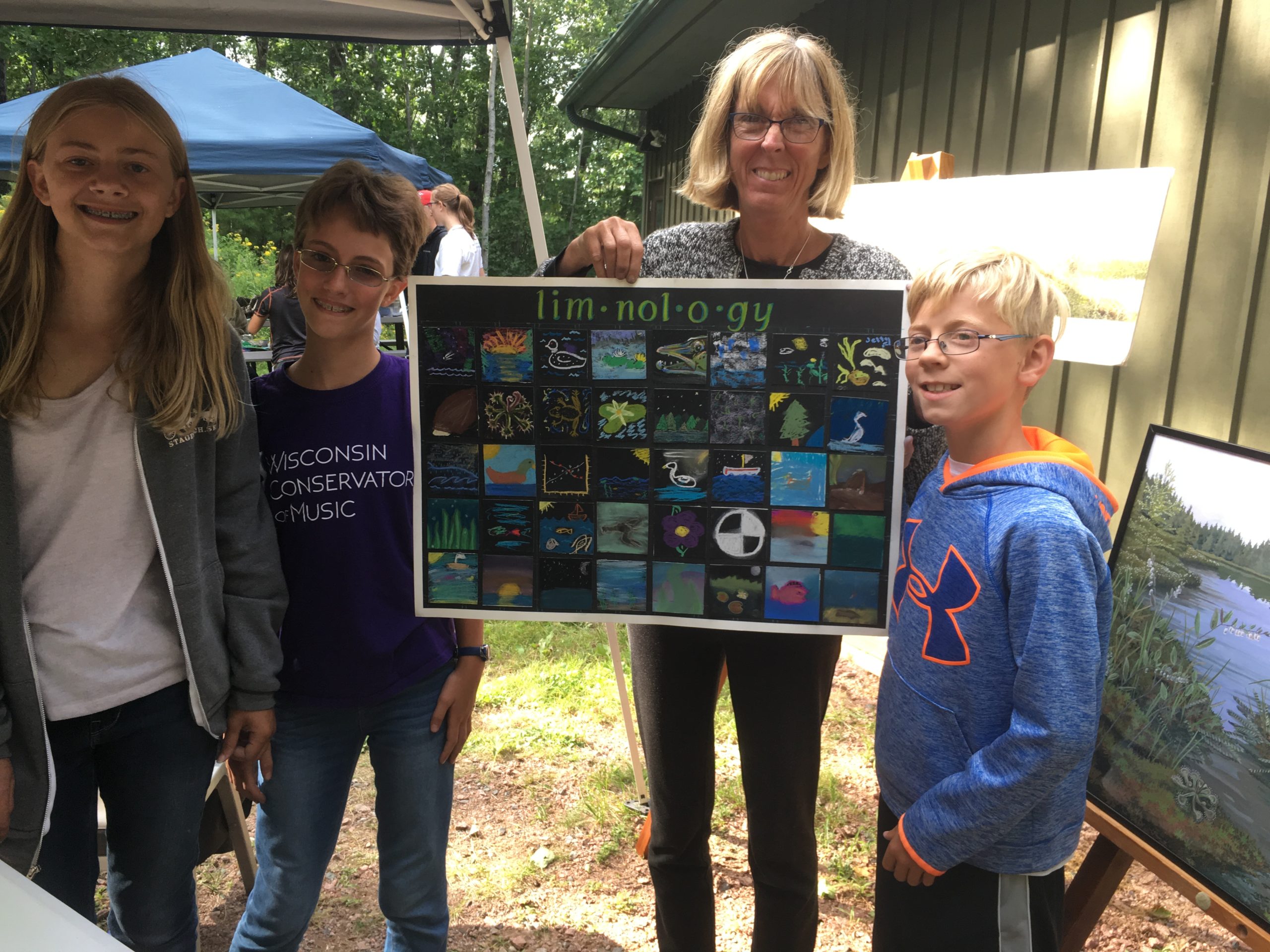
Credit: NTL LTER
Long term pre-invasion records provide an essential baseline for understanding invasive species effects, which can have profound consequences for ecosystems and society. In a key example, the spiny water flea invaded Lake Mendota, leading to massive declines in water quality and a loss in ecosystem services valued at $140 million.
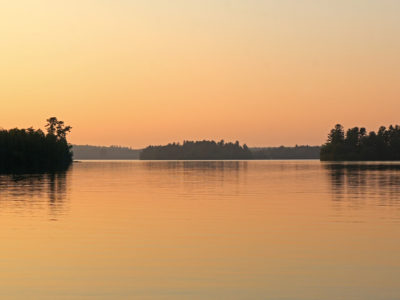
Lakes are Full of Diverse Microbes
Lakes are Full of Diverse Microbes
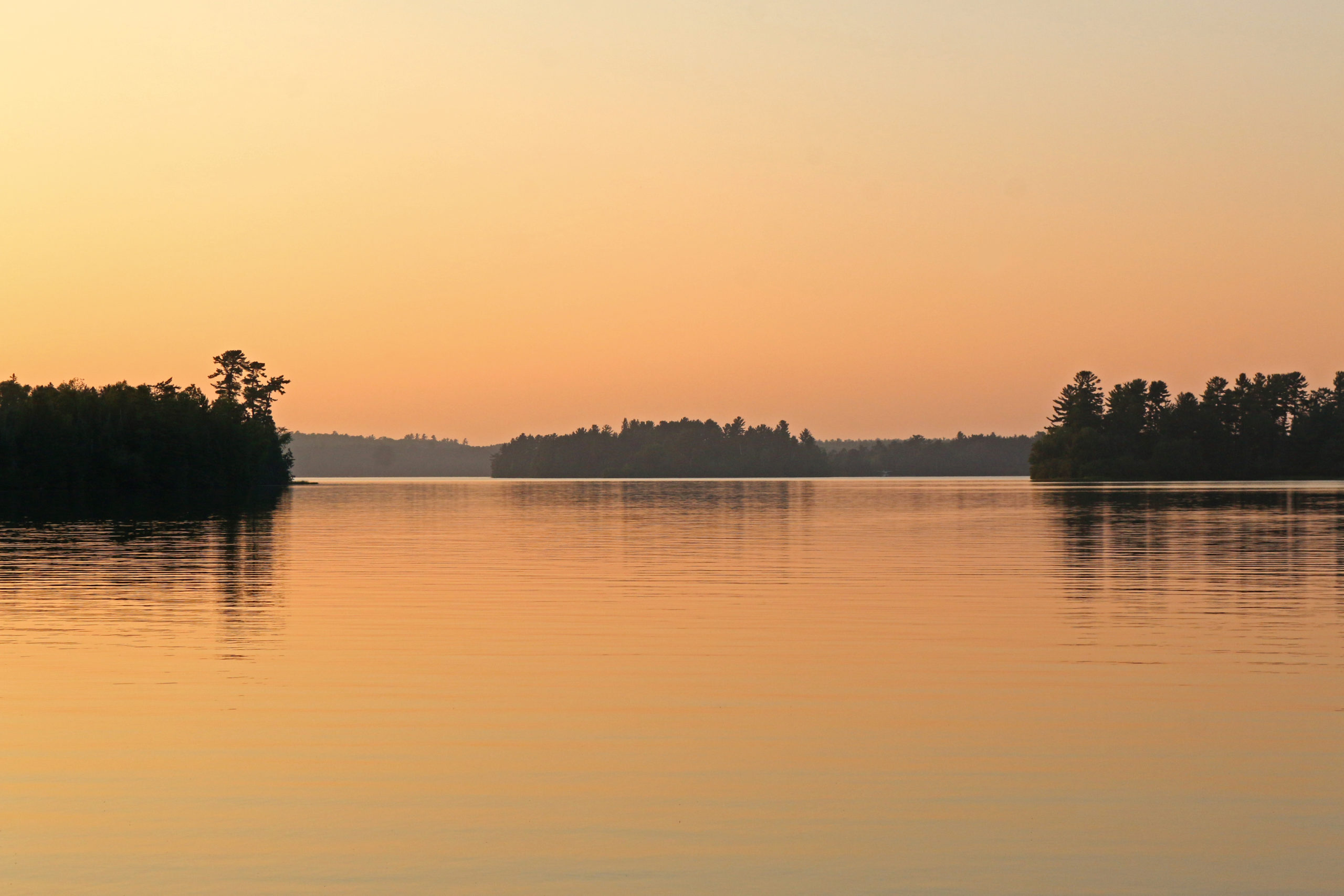
Credit: Erika Zambello
Although bacteria play a central role in processes affecting lake water quality, the taxa participating in these activities are largely undescribed. To address this knowledge gap, NTL LTER researchers have generated the largest freshwater microbial genome collection to date. These studies reveal a paradoxical pattern of large differences in community structure over time and among lakes, paired with the presence of specific taxa that are always present everywhere (the core lake microbiome), and communities that are surprisingly resilient to disturbance.










